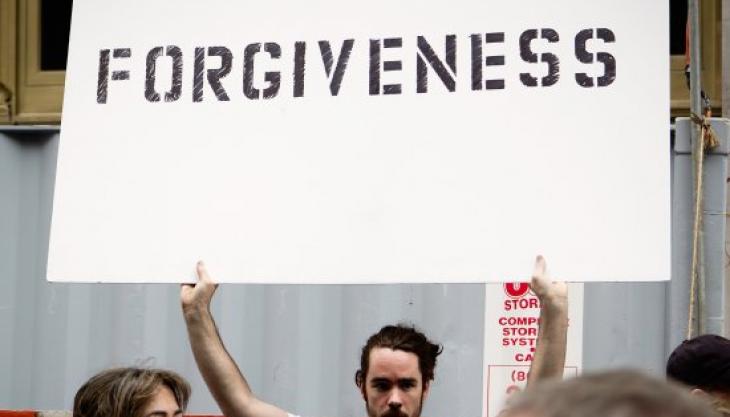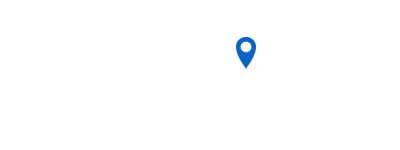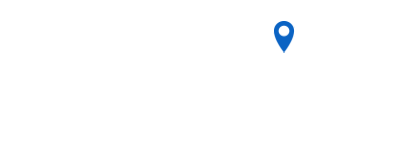Understanding Student Loan Forgiveness
Submitted by Rachel R on Tue, 08/21/2018 - 10:16am

Exploring student loan forgiveness
Image by Felix Koutchinski via Unsplash
Student loans are unfairly burdensome on many Americans. Because of the emphasis on college over all other career paths, it’s problematic. Where once a degree set you apart, now it makes you one of the job-hunting herd. Combine that with the unfairly exploding cost of college tuition, and it’s a recipe for a crisis that’s just beginning.
If you’ve got a pile of student loans, forgiveness programs are a path to consider. Here’s a look at three standard forgiveness programs, how to use them, and what to watch for along the way.
Income-Driven Repayment Forgiveness
It’s important to understand Income-Drive Repayment (IDR) because this program is part of other forgiveness plans like Public Service Loan Forgiveness (PSLF). There are several types of income-driven plans such as PAYE and REPAYE.
These plans reduce student loan payments to a modest percentage of your disposable income. Only federal loans apply, and you must recertify annually to substantiate your income level and set the IDR payment for the coming year. You may need to consolidate FFEL loans to use IDR.
After 20-25 years (depending on the plan), you can have your remaining balances forgiven. The downside is that amounts forgiven are taxable, meaning you’ll get a tax bill that treats the forgiven amount as income.
Also, if your IDR payments are less than the interest accruing on the loans, your balances could rise, rather than decrease, even after years of payments leaving you with a hefty income tax bill later in life. Look at your options before jumping into IDR.
Public Service Loan Forgiveness (PSLF)
When you work in certain career fields that benefit the public, you may qualify for Public Service Loan Forgiveness (PSLF). To get the most of PSLF, you can combine it with IDR to lower your payments. You must make 10 years of payments while working in a qualified job.
You must have all the payments and all the years of employment aligned to get forgiveness. It can be challenging because one misstep and you might not get the forgiveness you needed. Also, just because you work in public service doesn’t mean your job meets the standard for PSLF.
Your role is less important than your employer. Be sure to thoroughly research the employer and verify they are PSLF eligible before you take the job if the forgiveness aspect is the reason you are looking at the position.
Teacher Loan Forgiveness
There are several Teacher Loan Forgiveness programs. You may qualify under PSLF with your teaching role, and there’s a program specifically called Teacher Loan Forgiveness for those that work in eligible schools or specialties.
Some loans aren’t eligible under the Teacher program that might be under PSLF. You might be able to pursue multiple avenues of forgiveness at once if you have a mix of loans that don’t all qualify under one program.
Perkins Loan Cancellation for Teachers and state-sponsored forgiveness programs are others to consider. Usually, you must work in specific high-need fields, at low-income schools, or meet other specific requirements. Many of these programs offer tax-free student loan forgiveness.
Nursing Loan Forgiveness
Some of the programs open to nurses for student loan forgiveness include:
- Federal Perkins Loan Cancellation
- NURSE Corps Loan Repayment Program
- PSLF
- State Programs
Programs may require employment for 5-10 years. PSLF requirements are consistent across all professions and fields that qualify and mandate 10 years of payments during 10 years of qualified employment.
NURSE Corps offers partial repayment and state programs vary widely. Not every state has a program. Other options include joining the military and seeking repayment that way. You may qualify for PSLF or other direct repayment plans while serving and gaining experience.
If you’re stuck with student loans, there are options out there. One is to pursue bankruptcy discharge. Standards are loosening recently on undue hardship so you might be eligible for sweeping reduction or discharge.
To find out more, read reviews from clients, then contact the Law Offices of John T. Orcutt. Call +1-833-627-0115 for a free student loan bankruptcy consultation at one of our locations in Raleigh, Durham, Fayetteville, Wilson, Greensboro or Wilmington.
Resources:
Debts Hurt! Got debt? Need help? Get started below!
Serving All of North Carolina
- Bankruptcy Attorneys Raleigh NC (North)
- Bankruptcy Attorney Fayetteville NC
- Bankruptcy Attorney Durham NC
- Bankruptcy Attorneys Wilson NC
- Bankruptcy Attorneys Greensboro NC
- Bankruptcy Attorneys Southport NC
- Bankruptcy Attorneys Wilmington NC
Bankruptcy Attorneys Raleigh NC (North)
6616 Six Forks Rd #203 Raleigh, NC 27615 North Carolina
Tel: (919) 847-9750

Bankruptcy Attorney Fayetteville NC
2711 Breezewood Ave Fayetteville, NC 28303 North Carolina
Tel: (910) 323-2972

Bankruptcy Attorney Durham NC
1738 Hillandale Rd Suite D Durham, NC 27705 North Carolina
Tel: (919) 286-1695


Bankruptcy Attorneys Greensboro NC
2100 W Cornwallis Dr. STE O Greensboro, NC 27408 North Carolina
Tel: (336) 542-5993

Bankruptcy Attorneys Southport NC
116 N Howe St. Suite A Southport, NC 28461 North Carolina
Tel: (910) 218-8682

Bankruptcy Attorneys Wilmington NC
116 N. Howe Street, Suite A Southport, NC 28461 North Carolina
Tel: (910) 447-2987
